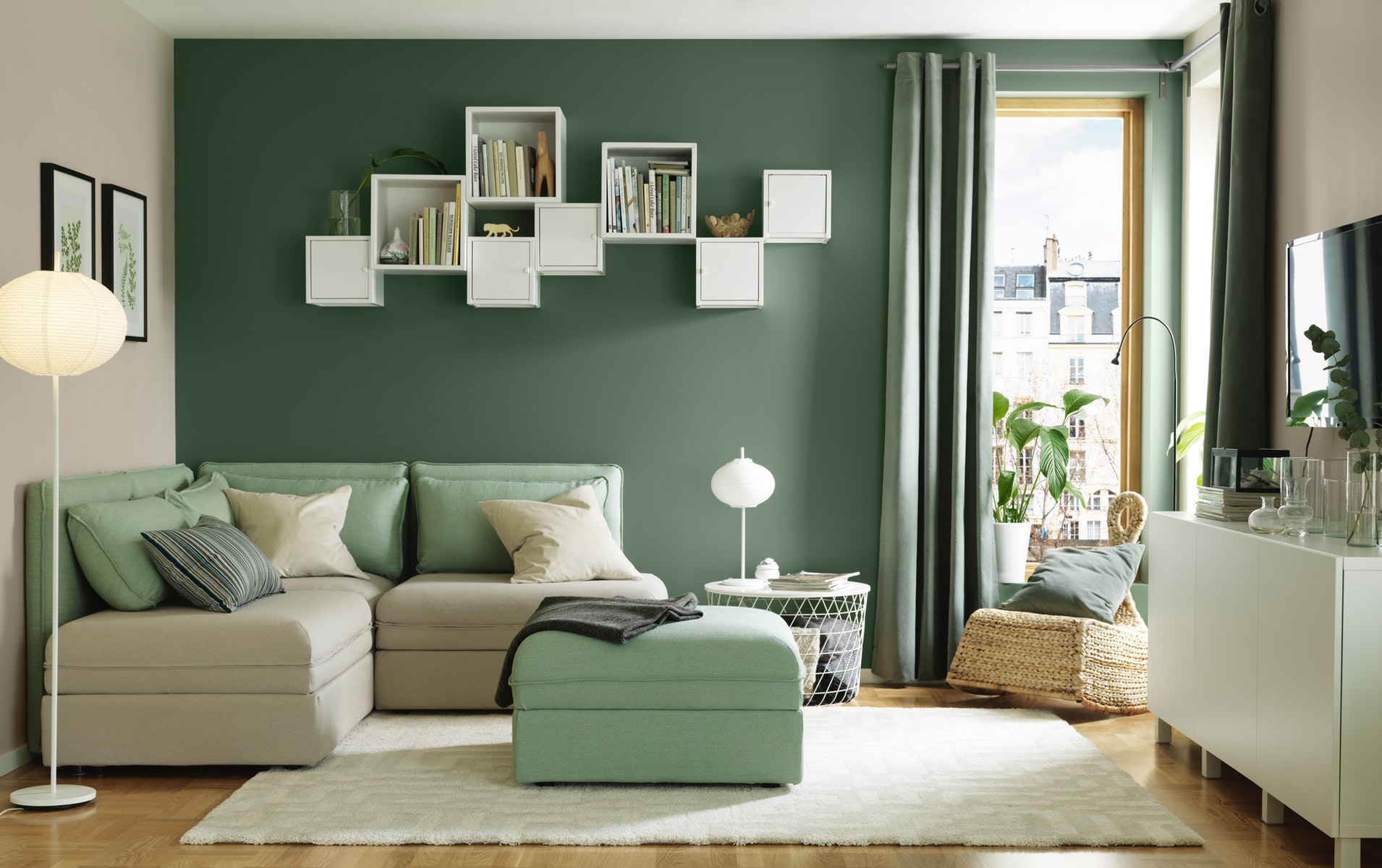Designing Spaces with Purpose The Art and Science of Furniture Selection
Furniture plays a pivotal role in shaping the character and functionality of any space. It is not merely a collection of objects but a reflection of personal style, comfort preferences, and the intended use of a room. This comprehensive guide will navigate through the world of furniture, exploring various styles, considerations in selection, and the dynamic trends that influence the way we furnish our homes.
Understanding Furniture Styles From Classic to Contemporary
- Traditional Furniture: Timeless Elegance Traditional furniture embraces classic design elements, often characterized by intricate details, rich wood finishes, and luxurious fabrics. Pieces like wingback chairs, roll-arm sofas, and ornate cabinets contribute to an atmosphere of timeless elegance. Traditional furniture is favored for its enduring appeal and sophisticated aesthetic.
- Modern and Contemporary Furniture: Sleek Simplicity Modern and contemporary furniture design leans towards clean lines, minimalist aesthetics, and functionality. Materials like glass, metal, and leather are prominent in these styles, creating a sleek and uncluttered look. Statement pieces such as modular sofas and geometric tables define the modern design landscape, appealing to those who appreciate simplicity and innovation. When considering modern conveniences, remember the importance of TV mounting Los Angeles experts to seamlessly integrate technology into your decor. Arrange furniture to maximize space and flow, ensuring each piece complements the overall design.
- Transitional Furniture: Bridging the Gap Transitional furniture strikes a balance between traditional and modern styles, offering a versatile and harmonious design approach. It often features a mix of materials, combining the warmth of traditional elements with the simplicity of modern design. Transitional furniture allows for a seamless transition between different design aesthetics, making it an ideal choice for those who appreciate both classic and contemporary elements.
Considerations in Furniture Selection Balancing Form and Function
- Functionality: Tailoring Furniture to Your Lifestyle The functionality of furniture is paramount to its effectiveness in a space. Consider the intended use of each piece – a sectional sofa for family gatherings, a compact desk for a home office, or a storage ottoman for dual functionality. Tailor your furniture choices to accommodate your lifestyle and the specific needs of each room.
- Scale and Proportion: Creating Visual Harmony Achieving visual harmony in a room involves careful consideration of scale and proportion. Large furniture in a small space may feel overwhelming, while undersized furniture in a large room can appear dwarfed. Striking the right balance ensures that each piece complements the overall composition of the room.
- Material and Durability: Finding the Right Balance The choice of materials impacts both the aesthetic appeal and durability of furniture. Consider the wear and tear each piece is likely to endure, especially in high-traffic areas. Materials such as leather, microfiber, and high-quality woods offer both durability and aesthetic appeal, striking the right balance between style and practicality.
Exploring Furniture Arrangement Maximizing Space and Flow
- Living Room Arrangement: Creating Conversation Areas In the living room, arrange furniture to foster conversation and create distinct areas for various activities. Place seating around a central focal point, such as a fireplace or television, and consider the traffic flow in the room. Coffee tables and side tables should be within reach for added functionality.
- Dining Room Layout: Balancing Function and Style In the dining room, the arrangement centers around the dining table. Ensure sufficient space around the table for comfortable movement and consider the proximity of the dining area to the kitchen for convenience. Buffets or sideboards can complement the dining set, adding both style and storage.
- Bedroom Furniture Placement: Creating a Relaxing Retreat Arrange bedroom furniture to create a serene and relaxing atmosphere. The bed typically serves as the focal point, and nightstands on either side provide practicality. Consider the flow of movement in the room and allow for sufficient space around the bed and other furniture pieces.
Trends in Furniture Design From Sustainable Choices to Multi-Functional Pieces
Furniture design trends are dynamic and responsive to changes in lifestyle, technology, and environmental consciousness. Sustainable furniture, crafted from eco-friendly materials and ethically sourced resources, has gained prominence. Multi-functional furniture, such as storage beds and modular seating, addresses the demand for versatile and space-saving solutions, particularly in smaller living spaces.
Customization and Personalization Making Furniture Your Own
The trend of customization has transformed the furniture landscape, allowing individuals to personalize pieces according to their unique preferences. From choosing upholstery fabrics and colors to altering dimensions, customized furniture not only reflects individual style but also ensures a perfect fit for the intended space.
Designing Your World, One Piece at a Time
In conclusion, furniture is an integral part of the narrative that defines the ambiance and functionality of a space. Whether you gravitate towards traditional elegance, modern simplicity, or a blend of both, thoughtful consideration of style, functionality, and current trends will guide you in creating a living environment that is a true reflection of your personality and lifestyle. As you embark on the journey of furnishing your spaces, remember that each piece contributes to the story of your home, making it a comfortable and aesthetically pleasing haven for you and your loved ones.



